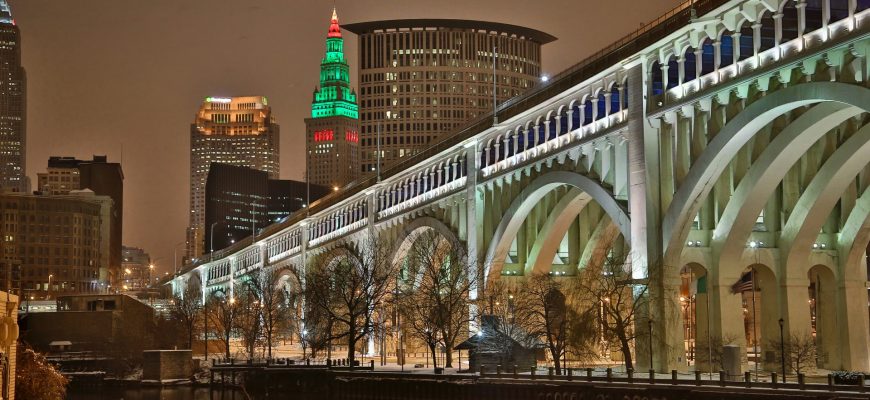
This is an excerpt from an article written by Dan Charles for NPR. Read the entire article here for free.
The fight against climate change may be taking a striking new turn under the Biden administration. The White House is calling climate action a form of environmental justice, part of a campaign to address economic and racial inequity.
It’s bringing new attention and, potentially, a flood of cash to low-tech approaches to climate action that directly benefit low-income neighborhoods. They include aid for home renovations and upgrades to city transportation infrastructure, including buses.
“The environmental justice community, and many of our Black and brown communities, have identified the connection between climate change and their own community infrastructure. They can’t be disconnected,” says Cecilia Martinez, senior director for environmental justice at the White House Council on Environmental Quality.
Yet this shift in focus has its roots far from Washington, says Matt Gray, formerly chief of sustainability in Cleveland. “What we’re seeing now at a national level has bubbled up from the cities for a good six, seven years,” says Gray, now senior vice president of programs at the Student Conservation Association, which runs environmental volunteer programs. “A lot of cities have come to realize that climate action and climate justice are one and the same.”
Among those cities is Cleveland. A few years ago, it explicitly linked climate policy and social equity. The story of how it developed this new approach helps explain what “climate justice” means in practice.
Gray says he thinks that it offers lessons to other cities — and to the Biden administration. For Cleveland, the White House’s infrastructure proposals offer the biggest opportunity in years to advance its goals for both equity and climate change. “It’s a sea change,” says Mike Foley, director of sustainability for Cuyahoga County, which includes Cleveland. “There’s actually resources now to do some of this stuff, which is a real game changer.”
Climate change in the “green city on a blue lake”
Cleveland is tied with Detroit for the highest level of poverty among America’s large cities. Its population has been declining for a half-century. Amid these challenges, it adopted a “climate action plan” with ambitious targets for cutting greenhouse gas emissions. The “green city on a blue lake,” as the city’s boosters like to describe it, recently set a goal of relying completely on renewable energy by 2050.
Cleveland adopted its first climate plan in 2013, and Gray says it was similar to those of most other cities at the time. These “version 1” plans were a kind of accounting exercise, calculating each city’s greenhouse emissions and laying out technical paths toward reducing them.
But in 2018, city officials scrapped the old plan and launched an effort to come up with a new one, this time with a focus on social and racial equity.
It was, in part, a response to critics such as Kimberly Foreman, executive director of Environmental Health Watch. Foreman says that the discussions of climate policy have long been disconnected from low-income neighborhoods and communities of color. “It was a little elitist, right?” she says. “Or heavily focused on technology. Which is not getting down to the grassroots, or getting down to the people who are most impacted.”
For climate-focused officials such as Gray, there was another, more practical reason for the plan’s revision. “It was hard to get climate to the top of the agenda because of all these other major challenges, which do deserve a lot of attention,” he says.
City officials began their climate policy reboot with a series of community meetings. According to Bianca Butts, then with the nonprofit group Cleveland Neighborhood Progress, the meetings opened with questions seemingly unrelated to climate: “What are you concerned about in your neighborhood? Right here in West Park? Right here in Hough?”
It was Butts’ job to connect those neighborhood concerns to climate-relevant action. “Before we started these conversations, I was absolutely fearful that our message wasn’t going to land,” she recalls.
Cindy Mumford, in the Hough neighborhood, liked it. “The way that they presented it, I thought, was brilliant,” she says, “that we had a voice into climate control, bettering our community as a whole.”
Continue reading here.
This article was written by Dan Charles, NPR’s food and agriculture correspondent.
